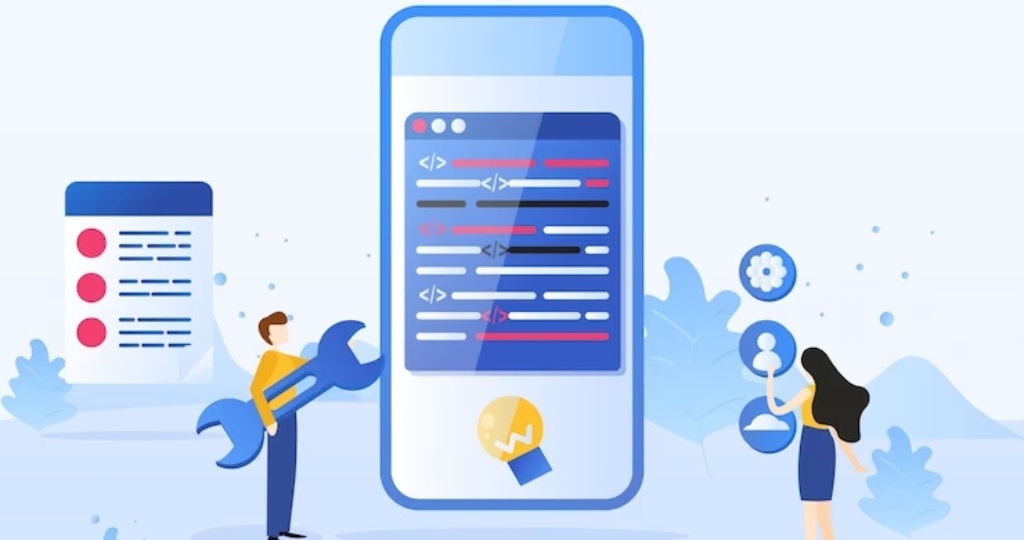Possessing a comprehensive understanding of crucial design aspects is pivotal for crafting applications that stand out for their efficiency, maintainability, and user-centricity. As the software landscape continues to evolve, there are certain design aspects that remain indispensable knowledge for every developer, especially within the context of iPhone app development services. These aspects encompass a spectrum of skills and concepts that contribute to the creation of exceptional applications.
One of the core design aspects is user-centred design, a principle that requires developers to align application interfaces and functionalities with the needs and preferences of users. In the realm of iPhone app development services, this becomes even more significant, as the user experience directly influences engagement and overall satisfaction. Responsive design is another critical facet, necessitating an understanding of how to craft apps that seamlessly adapt to varying screen sizes and orientations. This skill is especially pertinent for iPhone apps, which cater to a diverse array of device specifications.
Equally essential knowledge of architecture patterns such as MVC vs MVVM vs MVP vs VIPER is required to build a good app. These patterns dictate how an application's components interact and are structured, shaping the overall codebase. Selecting the right pattern depends on project requirements and team expertise, impacting the app's maintainability and scalability. Moreover, developers need to be well-versed in optimizing an application's performance and scalability, ensuring a seamless experience even as user numbers grow.
Security considerations are paramount in the development process, encompassing practices like data encryption and secure authentication mechanisms. Ensuring the app safeguards user information and privacy is a non-negotiable aspect. Additionally, understanding accessibility guidelines is crucial for inclusive design, ensuring the app caters to users with disabilities.
Other key design aspects include proficiently integrating third-party APIs, ensuring effective testing and debugging practices, and grasping the concepts of continuous integration and deployment. These facets streamline the development lifecycle and maintain the app's stability and functionality. Although developers might not possess the skills of designers, acquiring a foundational understanding of user experience (UX) and user interface (UI) design principles can significantly aid in shaping visually captivating and user-intuitive applications. Through the adeptness in these design facets, developers acquire a robust toolkit to traverse the complexities intrinsic to iPhone app development services. Consequently, they can dispense innovative and high-caliber applications that thrive within the fiercely competitive app arena of contemporary times.
You can also explore How should I structure my iOS app?, to know more about it.


No comments yet